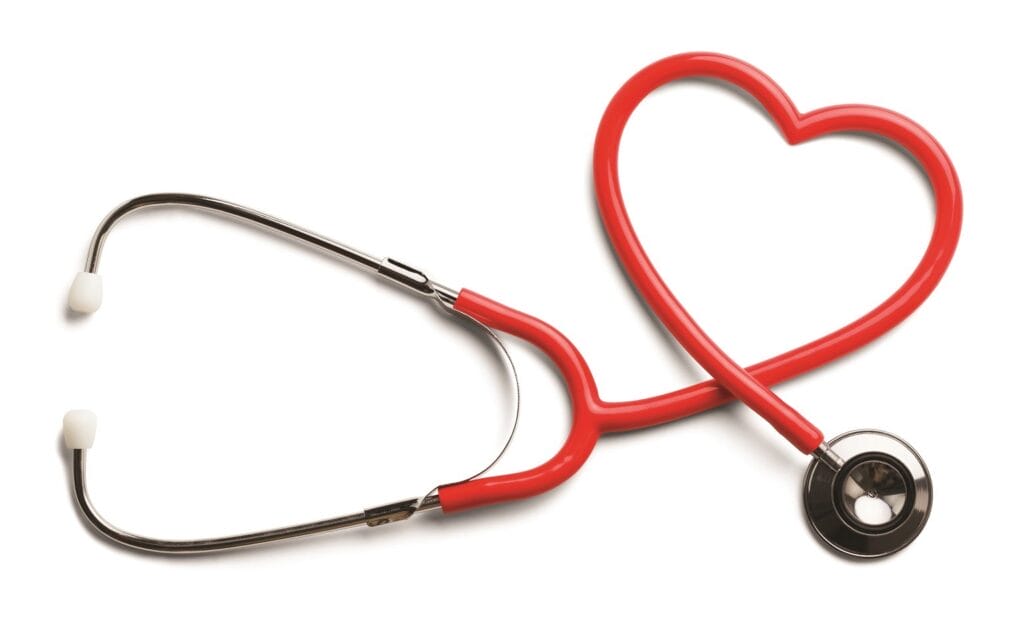People with atherosclerosis, particularly those who earn a low income and have other socioeconomic disadvantages, are more likely to experience food insecurity than those without the condition, according to new research.
In 2018, nearly 11% – 14.3 million – U.S. households were food insecure, a term the U.S. Department of Agriculture defines as “limited or uncertain access to adequate food due to lack of money” at least some time during the year.
The new findings were presented last month at the American Heart Association’s virtual Scientific Sessions. They are considered preliminary until published in a peer-reviewed journal.
Those who listed themselves as “poor/low income” were nearly five times more likely to experience food insecurity. Among people with five or more “high-risk characteristics,” 44.1% reported food insecurity and had 23 times higher odds of being food insecure compared to those with one or no characteristics.
Leaving atherosclerosis unchecked could be dangerous. The fatty plaque may partially or totally block blood flow through large or medium-sized arteries in the heart and brain, leading to a heart attack or stroke. Treatments for the condition can include medication to prevent clot formation and to control risk factors, surgery, or lifestyle changes such as heart-healthy eating, weight management, exercise and quitting smoking.
Experts say it’s essential for people to be able to afford medications and still be able to eat a balanced diet. Federal nutrition programs, sometimes called “food stamps,” are critical for people with food insecurity, the study said. A previous study commissioned by the USDA found the Supplemental Nutrition Assistance Program (SNAP) reduced the likelihood of being food insecure by about 30%.
Finding a long-term solution is trickier, but research shows high-quality education is the key. “It’s remarkable to look at the disparity in education among people who end up being food insecure and those who don’t,” he said.
“The solutions need to start early in life with education intervention, from age two onwards. It sounds like an obvious thing to say, but you have to make sure people get a better education so they have better jobs, a higher income and better health.”
For Additional Information
American Heart Association
heart.org
CONTENT PROVIDED BY THE AMERICAN HEART ASSOCIATION
